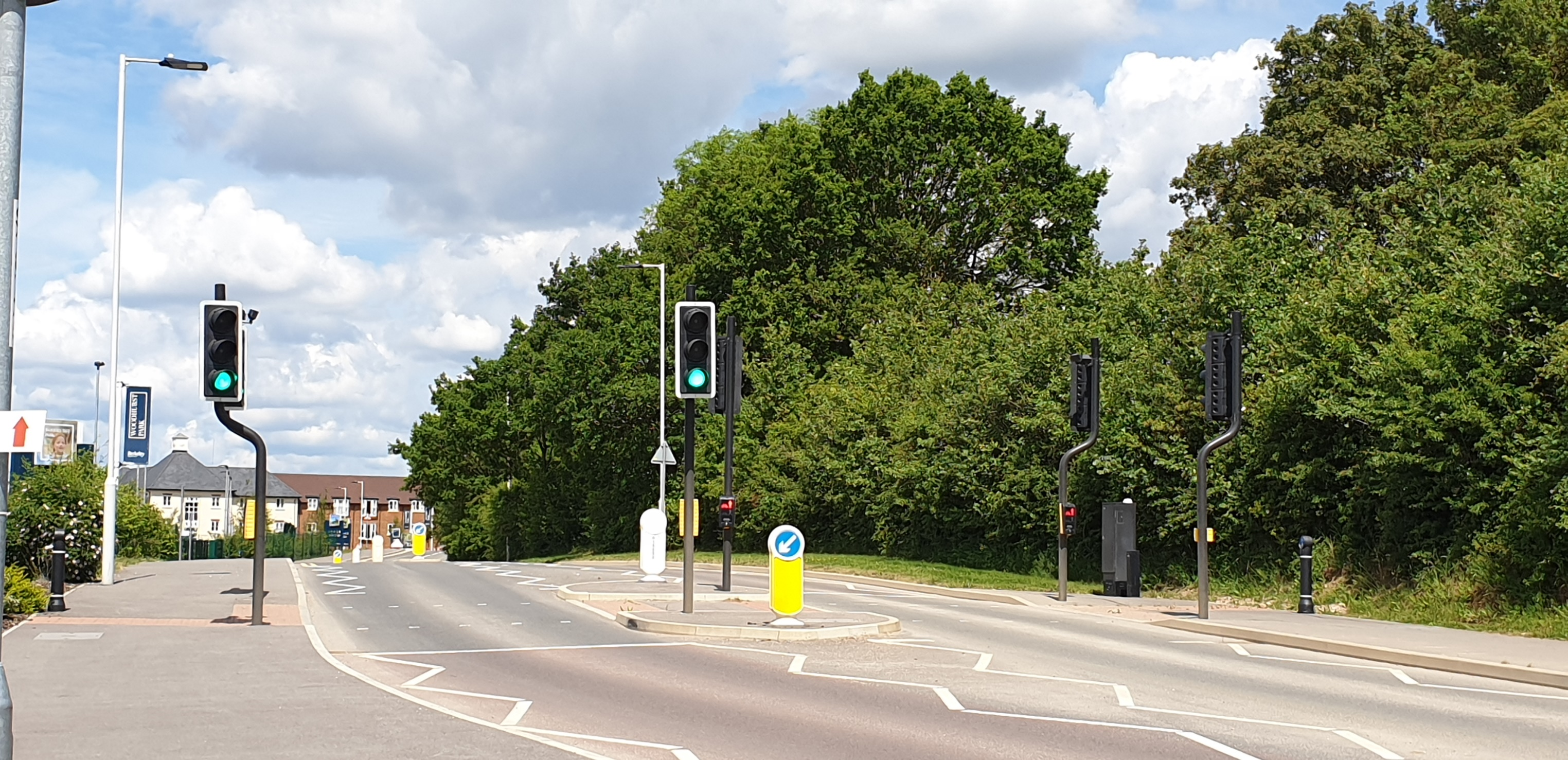
Good casualty reductions have been achieved in some parts of Great Britain over the last decade; however, overall, reductions in road casualty numbers have stagnated and in some geographical areas large increases in casualty numbers have been observed. The number of road deaths in 2017 in Great Britain was 1,793 which is the highest number of fatalities since 2011
The largest highway authorities (notably Highways England, Transport Scotland and Transport for London) have developed policies and casualty reduction programmes which are aligned with the effort required to achieve internationally agreed targets (e.g. Goal 3 of the Sustainable Development Goals). These aim to halve casualty numbers every decade to move towards zero road fatalities by 2050. The larger authorities are pursuing a Safe System approach which was formally adopted by the Department for Transport (DfT) in 2015 in common with other countries in Europe and worldwide.
The government’s deficit reduction programme has impacted local government and motivated new thinking on change in how local government service can be delivered. This is particularly the case in the delivery of casualty reduction through road safety engineering because significant and sustained budget reductions have driven down the funding which has been available to spend on road safety engineering schemes.
The government’s innovative Safer Roads Fund provided an opportunity for 30 Local Authorities (LAs) to address England’s 50 highest risk ‘A’ roads. This enabled road authorities to access larger capital sums to spend on proactive road engineering schemes and to become familiar with new tools which enable business cases to be prepared on a comparable basis to other major investment. During both this process and the consultation process for the annual risk mapping report ‘Cutting the cost of dangerous roads’, many LA practitioners shared concerns about the sustainability and effectiveness of future casualty reduction work.
The reductions in casualty numbers in some authorities demonstrate that it is possible to improve road safety even during a period of constrained funding. However, rises in casualty numbers in other authorities demonstrate that this cannot be taken for granted: skilled human and financial resources are required operating inside a governance framework that places priority on preserving life.
There is now an opportunity to revisit and reinvigorate road safety engineering resourcing; the Safer Roads Fund showed that capital investment in road safety engineering countermeasures commonly has high returns, often greater than those achieved by other major projects. Moreover, some funding for road improvements will soon become available with the proposed plans for a Major Road Network (MRN) in England, sourced from Vehicle Excise Duty.
Downloads:
